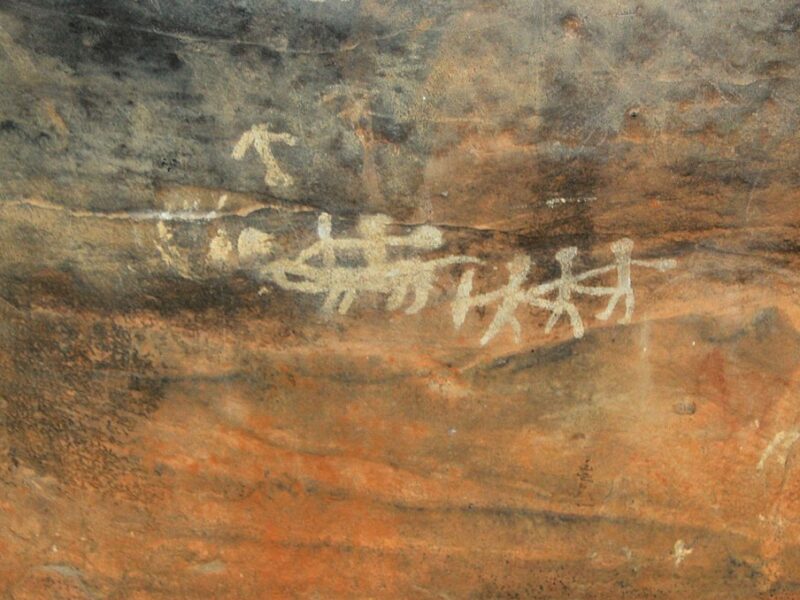


BHOPAL, INDIA — A cache of paintings found in the Bhimbetka caves in the Indian state of Madhya Pradesh is being touted as a paradigm-shifting discovery, positing that proto-humans were actually stick figures.
“The paintings could date to over 20,000 years ago,” said cave art expert Rene-Louis Barbaroux. “We must marvel that these people were able to penetrate so deep into this cave system given their spindly little limbs and torsos.”
“This clarifies why we’ve yet to locate any of their remains,” said archeologist Anika Kavinda, from Cardiff University. “When they died, their brittle bodies must’ve been snapped into pieces and used as kindling.”
“As these paintings depict, they subsisted on protein from the stick animals they hunted. But they probably needed fewer calories, being not just rickety little reed-people, but two-dimensional as well.”
This discovery contributes greatly to our understanding of human evolution. “Somewhere after this epoch, humans evolved bodies that existed in three dimensions,” said Kavinda. “This random mutation conferred a distinct survival advantage over two-dimensional proto-humans who were continually slipping through cracks in their cave’s floor or being blown away by a strong wind.”
The revelation also has implications in terms of evolutionary psychology. “All around the world, children compulsively draw stick figures,” said Dr. Nadja Schlappi from the C.G. Jung Institute in Zurich. “It’s now clear they’re responding to deeply embedded ancestral memories, unconsciously paying tribute to our twiggy forebearers.”
At press time, a team of archeologists in Argentina has documented cave art from the Santa Cruz province consisting entirely of hand prints, indicating the existence of hominids that were ambulatory hands.


